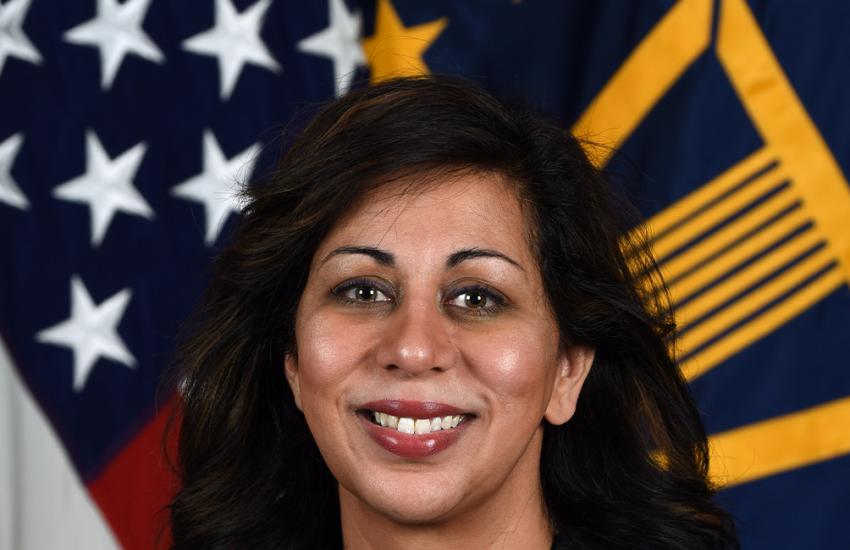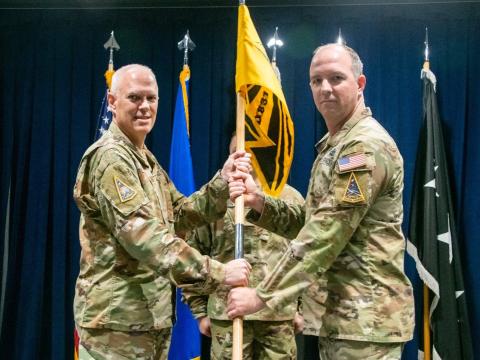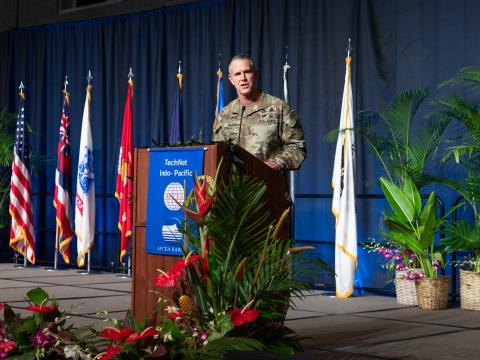DoD Folds Task Force Lima Into a More Permanent AI Cell at the CDAO
Today the Department of Defense (DoD) announced the creation of the so-called Artificial Intelligence Rapid Capabilities Cell (AI RCC).
The cell will take the experience of Task Force Lima, which was created in 2023, to accelerate artificial intelligence (AI) and machine learning across 15 use cases based on the Navy’s Task Force 59. It will aim to rapidly insert generative AI and other automated solutions into the department.
“Through targeted initiatives aimed at putting advanced AI in the hands of warfighters, the AI RCC will allow the Department to move at speed to capitalize on emerging technologies, like Generative AI, while building the foundational technical enablers to scale these technologies across DoD,” DoD said in a statement.
The Chief Digital and Artificial Intelligence Office (CDAO), the DoD’s AI arm, will manage the AI RCC and pull in industry solutions through the department’s technology accelerator, the Defense Innovation Unit (DIU), said Radha Plumb, Department of Defense chief digital and artificial intelligence officer, speaking to reporters on December 11.
The AI RCC will begin with an initial investment of $100 million in fiscal year 2024 and FY 2025 funds, Plumb stated.
“Upon completing its work, Task Force Lima submitted a detailed report, and today we are releasing the executive summary of that report,” Plumb explained. “[They] recommended that DoD should continue to rapidly pilot generative AI to discover and evolve its most impactful applications . . . And so, today, the department is officially sunsetting Task Force Lima, and to concretely implement their recommendations, we are establishing the AI Rapid Capability Cell, or AI RCC, charged with accelerating the delivery of next-generation AI capabilities across the department . . . We think AI has incredible promise across the full gamut of [DoD] activities.”
The AI RCC will have a three-step process to develop AI capabilities.
“First, it'll identify and test technology through rapid experimentation and prototyping,” Plumb stated. “Second, it'll assess the effectiveness of technology—did it work, do warfighters or key customers use it, can it be scaled and sustained? And third, if warranted, we'll use defined acquisition pathways to scale the technology across the DoD enterprise.”
The acquisition pathways could be from within the CDAO, directly with the military departments or with other key components, combatant commands or functional leads, she said.
“This is consistent with our overall open DAGIR [Data and Applications Government-owned Interoperable Repositories] approach that we've taken for other mission-critical efforts,” Plumb continued. “We will leverage our GIDE [Global Information Dominance Experiments] experimentation series. And this rapid experimentation approach will allow us to test and identify where these cutting-edge technologies can make our forces more lethal and our processes more effective.”
In addition, the AI RCC will define the requirements for enterprise infrastructure to support and scale AI development, which will include a cloud compute development environment and AI-ready data.
“In the context of [our] no-fail mission, we have to ensure the right tools and equipment are in the right places at the right time, and with the right people and the right platforms 24/7 globally,” Plumb stated. “And so that's where we think AI-enabled tools hold tremendous promise.”
Interested companies that want to work with the AI RCC and the DIU should either submit pitch videos to the CDAO’s Tradewinds Solutions Marketplace or provide solution briefs to the DIU’s open Commercial Solutions Openings.
“Partnering with industry is vital to quickly leveraging AI capabilities,” the statement noted. “Non-traditional acquisition vehicles are necessary for the DoD to minimize vendor burden and acquire new talent from industry.”
Companies should also look for DoD to release further AI-centric challenges in the future.
“Through targeted initiatives aimed at putting advanced AI in the hands of warfighters, the AI RCC will allow the Department to move at speed to capitalize on emerging technologies, like Generative AI, while building the foundational technical enablers to scale these technologies across DoD,” DoD said in a statement.
And although Plumb will be stepping down at the end of the Biden administration, she sees the AI RCC continuing under the new administration given the bipartisan nature of AI and the military's needs.






Comments